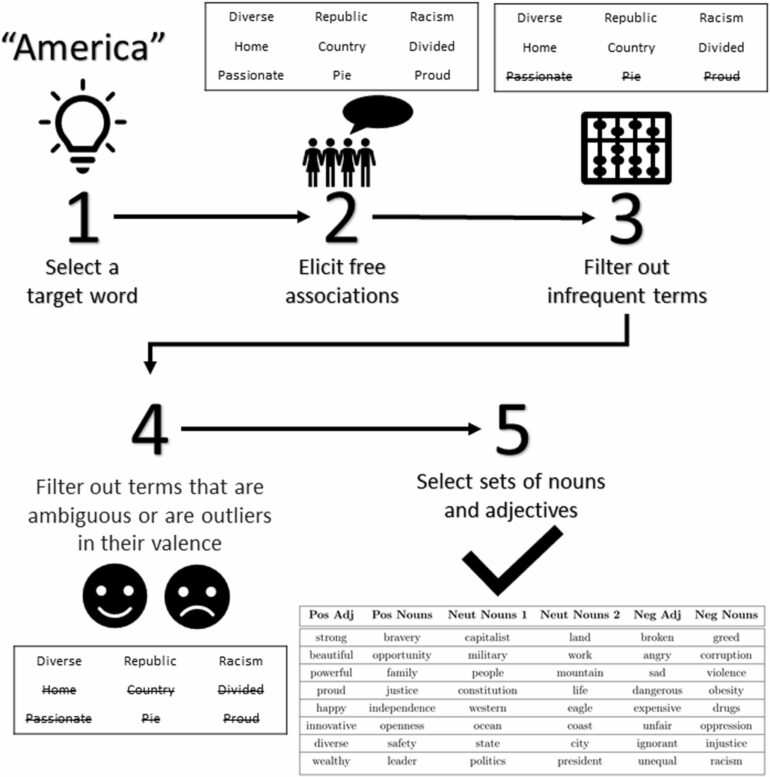Some of human history’s greatest atrocities—genocide, slavery, ethnic cleanings—are rooted in our ability to dehumanize people from other social, political, or cultural groups.
Whereas prior research has traced dehumanization to the belief that others think or feel less than we do, new research co-authored by Haas professor Sameer Srivastava shows that our tendency to dehumanize can also be influenced by how we think others view important facets of the world. The greater the difference between our perceptions of an outgroup’s worldview and those of a “typical” person, the more we tend to dehumanize them.
The findings are published in the journal Communications Psychology.
“The act of dehumanization appears to be at least in part driven by what we refer to as ‘imagined otherness’: the belief that an outgroup perceives of something that one cares deeply about differently than one assumes most other people do,” Srivastava says.
Measuring the space between us
With Austin van Loon from Duke University and Amir Goldberg from Stanford University, Srivastava used the sociological concept of “schemas” to explore this effect. Broadly speaking, schemas refer to the ways in which people categorize the world, as well as the associations that they have between these categories.
For example, a conservative in the U.S. might associate freedom with economic independence and lack of government intervention, while a liberal might associate it with civil liberties and the freedom of expression.
In the first of two pre-registered experiments, the researchers recruited self-identified Republicans and Democrats in the U.S. to report on their schemas related to the concept of “America.” Participants chose four words—from a set of eight—that they thought best defined America. Two of these sets contained positive words (e.g. strong, innovative), two contained neutral words (e.g. constitution, western), and two contained negative words (e.g. dangerous, unequal).
After articulating their own associations, participants were instructed to characterize the associations that they thought would be made by a prototypical member of their own political party, a typical member of the opposing party, and a typical person.
The researchers then asked participants to report on the extent to which they blatantly dehumanized members of the opposing party. In the first experiment, the researchers found that self-identified members of one party were more likely to blatantly dehumanize members of the opposing party when they thought that group’s worldview about America was very different from what they ascribed to a typical person.
“Of course, the causal arrow could also go in the opposite direction: The more one dehumanizes an outgroup, the more one might perceive that outgroup as holding views that diverge from a typical human’s,” Srivastava said. To get a clearer understanding of causality, the researchers ran a second experimental study.
In this experiment, Republicans and Democrats were randomly shown one of two sets of fabricated results. One set showed that people in the opposing political party viewed America similarly to the “typical” person. The other showed opposing political party members holding very different schemas from those of the “typical” person.
The researchers found that dehumanization was significantly stronger in the latter condition, thereby corroborating results from the first experiment. (Participants were informed about the deception in the experimental design at the end of the study.)
Toward a more humane politics
Srivastava notes that a wealth of research in the past decade has looked at what is called “affective polarization,” or how warmly or coldly we view our political opponents. But this new research gets at something different.
“When people view the other side as less than human, we should worry about such negative consequences as political violence,” he says. “If we can start to understand where this perception comes from, it gives us one more lever to combat it.”
He described two potential approaches to reducing how much we dehumanize members of the opposite political party. The first is a simple intervention to correct misperceptions that Republicans and Democrats might have about how the schemas of the other group deviate from those that are typically held. There may be differences, of course, but they may not be as large as people believe them to be.
The second idea would be to use the schemas that partisans hold to craft messaging that both resonates with their worldview and helps them humanize the other side. “The method we developed surfaces the terms that are most strongly associated with the tendency to dehumanize or, conversely, humanize the outgroup,” Srivastava says.
“This raises the possibility of strategically avoiding—or proactively using—such terms in messaging that aims to tamp down the dangerous tendency to dehumanize people from the other political party.”
More information:
Austin van Loon et al, Imagined otherness fuels blatant dehumanization of outgroups, Communications Psychology (2024). DOI: 10.1038/s44271-024-00087-4
Provided by
University of California – Berkeley
Citation:
Imagined otherness: Why we dehumanize our political opponents (2024, May 29)

